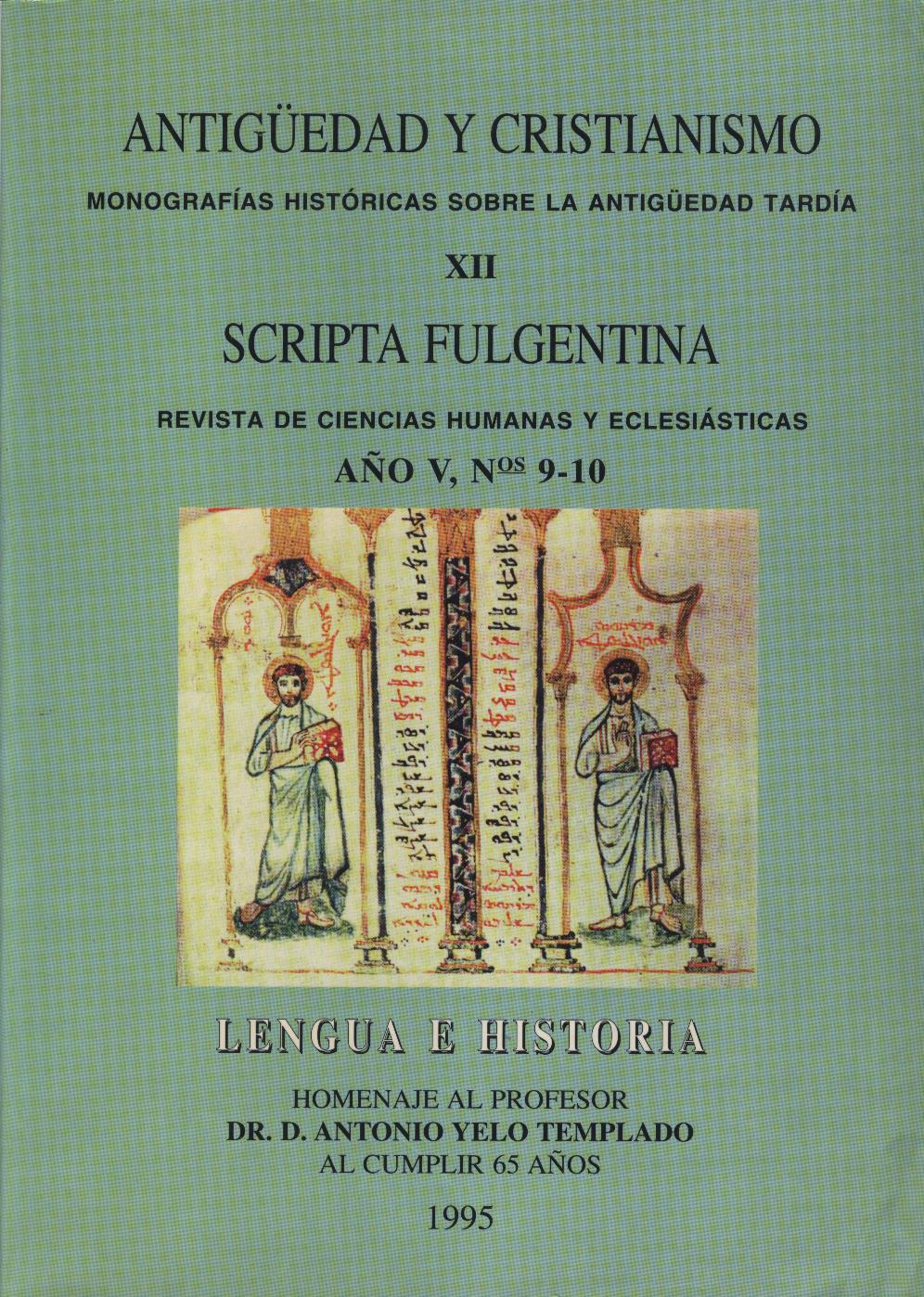LENGUA E HISTORIA EN PLATÓN: ORALIDAD Y ESCRITURA, MYTHOLOGEIN Y MYTHOLOGIA EN EL TIMEO Y EN EL CRITIAS
Abstract
This study explains the search for a new model which would define the relations between history and tradition. In this sense, the Platonical narrations Timeo and Critias enclose deep reflections on the relations between myth, memory and history in the Greek world. Contrary to the general idea held by the historians who consider the narration as a mythos, Platon presents it as a logos. From the fifth century on the Greek illustrated public distinguish between the various types of narrations: verifiable histories of the past, stories of archeological character or credibile logoi, and model mythoi. The Timeo and Critias belong to the second genre, the logographic narration in which the logos is expressed as the traditional language. At the same time, Plato takes into consideration and establishes the differences between mythologein, the oral transmission of the myths, and mythologia, the reflection and investigation of the ancient traditions related to the scripture and with the narrations.Downloads
-
Abstract484
-
PDF (Español (España))354
1. The authors non-exclusively assign the exploitation rights (reproduction, distribution, communication and transformation) to the magazine.
2. The works published in this magazine are subject to the Attribution-ShareAlike 4.0 International license (CC By SA 4.0). Therefore, they can be copied, used, disseminated, transmitted and publicly displayed, provided that:
i) the authorship and the original source of its publication (journal, editorial and URL of the work) are cited, thus allowing its recognition.
ii) it is allowed to remix, transform or create from the material while maintaining the same license as the original.
Note: Articles prior to 2022 incorrectly display the CC by SA license in the abstract page. They are under a CC by NC ND license as embedded in the article pdfs. Articles published in 2022 and after are under the CC by SA license.

3. Self-archiving conditions. Authors are allowed and encouraged to electronically disseminate the pre-print (version before being evaluated) and/or post-print (version evaluated and accepted for publication) versions of their works before publication, as it favors their publication. Earlier circulation and diffusion and with it a possible increase in its citation and reach among the academic community. Color RoMEO: verde.
























